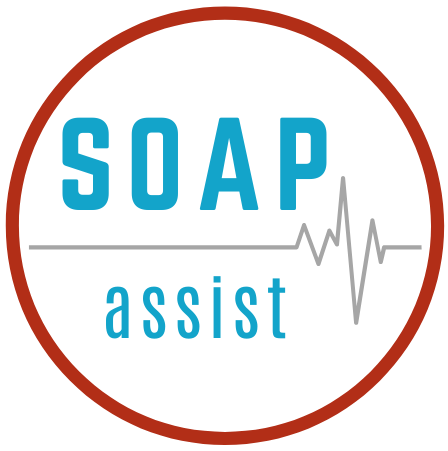What can I do for you today? What seems to be the problem? How can I help?
These are all common ways providers start their encounters. The first few words exchanged in an encounter can dictate the efficiency and scope of what is accomplished. In this article, we will discuss how setting an agenda at the beginning of an encounter can maximize the efficiency of the encounter as well as improve patient satisfaction.
Experienced providers know how to start an encounter. They have a routine. Part of this routine is interacting in a way that makes the patient feel at ease. If the patient is known, this is an opportunity for the provider to remind the patient that there is an established relationship. Examples include asking the patient how their kids are doing, if they bought that boat they’ve been talking about, or if their math teacher is still giving them fits. This personal touch reminds the patient that you, the provider, have their best interest at heart. If you care to know something about their personal life, then of course you care about their physical health as well. The result is more effective patient counseling throughout the encounter. No matter what your routine is, establishing rapport can make the encounter go much smoother.
After the initial greeting, the next words out of the provider’s mouth are perhaps some of the most important during the encounter. In almost every circumstance, setting an agenda is of critical importance. This gives the patient some concept of what will be discussed during the encounter and can prepare accordingly.
Setting an agenda also sets an expectation for what it is to be accomplished during the encounter. Some patients go into an encounter expecting to address only their acute problem, when they suddenly find themselves discussing when their last colonoscopy was, or if they got their flu shot this year. The reverse can be true as well. Some patients expect that every single problem will be reviewed and addressed during every counter, when time will not permit. Setting a reasonable expectation for what will take place during the encounter helps guide the patient’s expectations. It will prevent them from feeling like they’ve been attacked with preventive medicine, or that not everything was addressed.
Who sets the agenda? The agenda should be set collaboratively between the patient and the provider. Acute issues are typically the patient’s priority. Issues that cause pain or significant discomfort are good candidates for being dealt with immediately. Screenings and health maintenance issues are typically raised by the provider. Many of these items can be postponed, at least for a short period of time. However, every provider knows that the perpetual postponement of health maintenance can lead to significant problems in the future.
When prioritizing issues that should be addressed during a particular encounter, the full scope of issues can be listed. From this extensive list, some things can be selectively postponed with a separate encounter scheduled to deal with these issues exclusively. Often, providers schedule “annual physical” exams to conduct health maintenance. Topics to be addressed at these encounters include vaccinations, screenings and general health counseling. Scheduling an annual exam creates an understanding and expectation that only these topics will be covered. Having an encounter dedicated to health maintenance allows providers to deal with acute issues while not neglecting the patient’s future health.
For SOAPassist users, setting the agenda means getting SOAP documentation done at the beginning of the encounter. When the to-do list is set, a SOAPassist user can simply select the relevant templates in the SOAPassist SOAP Note Generator and create their custom SOAP note for that encounter. The remainder of the encounter is making the slight alterations and editing that make the encounter unique.
Setting an agenda and using SOAPassist to create a custom online medical SOAP note can maximize what is accomplished during an encounter and ensure important topics are addressed.
Disclaimer: SOAPassist curated templates are created for use by licensed medical providers. While they are examples of what a provider might document, their intended purpose is to provide a starting point for documentation and do not constitute medical recommendations.

